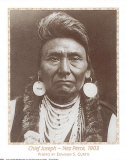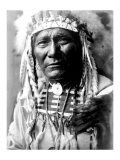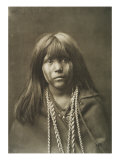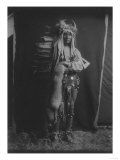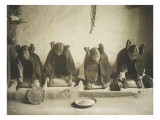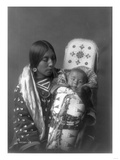|
|
|
|
|
|
|
|
|
|
|
|
BOOKS ABOUT
NATIVE AMERICANS
|
|
|
|
|
|
|
|
|
|
|
|
|
|
|
|
|
|
|
|
|
|
 |
|
|
|
Edward S. Curtis Photographs : Native American Indians Posters, Art & Giclee Prints, pg 1 of 2
|
social studies > Native Americans > EDWARD S. CURTIS PHOTOGRAPHS pg 1 | 2
|
|
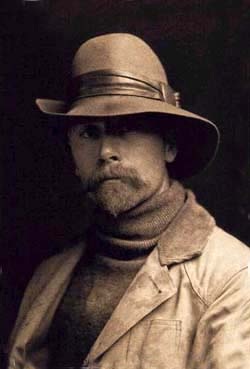 Edward S. Curtis, internationally known photographer, died at the age of 84 in 1952, having dedicated his life to recording the North American Indian. His photographs, reproduced as posters, art & giclee prints are great teaching resources for the social studies classroom, home schoolers, and as theme decor for office and studio. Pg 1 of 2. Edward S. Curtis, internationally known photographer, died at the age of 84 in 1952, having dedicated his life to recording the North American Indian. His photographs, reproduced as posters, art & giclee prints are great teaching resources for the social studies classroom, home schoolers, and as theme decor for office and studio. Pg 1 of 2.
|
|
|
|
|
|
Nez Perce Warrior, 1899, Edward S. Curtis
|
|
|
|
Mosa - Mohave, 1903
“It would be difficult to conceive of a more thorough aboriginal than this Mohave girl. Her eyes are those of the fawn of the forest, questioning the strange things of civilization upon which it gazes for the first time. She is such a type as Father Garces may have viewed on his journey through the Mohave country in 1776.” Curtis
The Mohave live on the Mohave Indian Reservation, in the Mojave Desert, that straddles the border between California, Arizona, and Nevada.
|
|
|
|
The Arikara, a semi-nomadic agricultural group living in the Great Plains in present day Dakotas, were decimated by smallpox in the late 1830s.
Bear's Belly was born in 1847, at Ft. Clark in present day North Dakota. His story of being a scout for George Armstrong Custer, and of how he acquired his bear skin, is included in Curtis' biographical sketches in The North American Indian.
|
|
|
|
Iron Breast, Piegan, 1900
The Piegan, based in Montana, are one of the three tribes of the Blackfoot Confederacy.
Photograph illustrates the costume of the Bulls, an age society (many years obsolete).
|
|
|
|
Chief of the Desert, Navaho, Edward S. Curtis
|
|
|
|
Mealing troughs contained the milling apparatus in pueblo Indian homes. The trough in the photograph is a series of metates (mortar or ground stone tool) that are firmly fixed in a slanted position with partitions between compartments. The metates and manos (hand held grinding stones) range from coarse to fine for crushing maize and reducing it to a fine powder suitable for cooking.
|
|
|
|
The Wisham (Wishham, Wishram) are from the Pacific Northwest, Columbia River.
Curtis described a similar photograph taken in 1909 as “The nature of the shore and the height of the water level sometimes combine to make dip-netting impossible. Recourse is then had to the double-pointed spear, the socketed barbs of which are connected to the shaft by strong cords, so that when a fish is struck and its struggles detach the barbs from the prongs it is held by a hook and line.”
In 1957 the traditional Wisham fishing sites on the Columbia River were lost with the construction of The Dalles Dam.
|
|
|
|
The Absaroke tribe, better known as ‘The Crow’, were originally part of the Hidatsa or Gros Ventre Tribe residing along the Missouri River in North Dakota. About 500 years ago the group splintered and different factions migrated toward the Rocky Mountains. The name Absaroke means ‘Sparrowhawk’ or ‘Bird People’.
|
|
|
previous page | top | Edward S. Curtis Photographs pg 1 | 2
|
|
I have searched the web for visual, text, and manipulative curriculum support materials - teaching posters, art prints, maps, charts, calendars, books and educational toys featuring famous people, places and events - to help teachers optimize their valuable time and budget.
Browsing the subject areas at NetPosterWorks.com is a learning experience where educators can plan context rich environments while comparing prices, special discounts, framing options and shipping from educational resources.
Thank you for starting your search for inspirational, motivational, and educational posters and learning materials at NetPosterWorks.com. If you need help please contact us.
|
|
|
|












